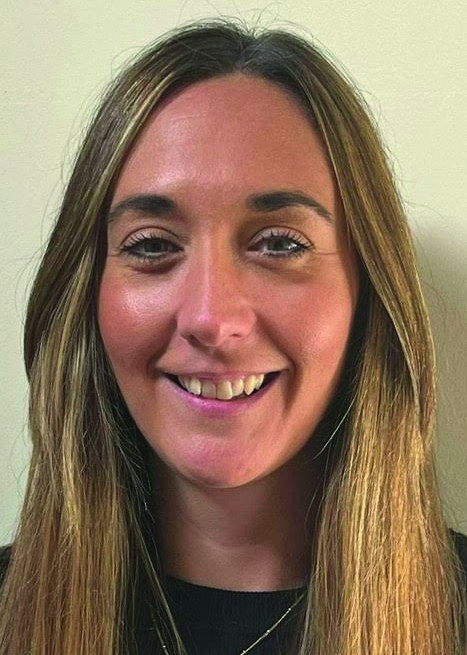
Q. We take it in turns to give one-to-one support for a child with SEND who needs a lot of holding. A member of staff is being increasingly negative to the child and says she can’t pick up and carry them because it hurts her back. I feel she is refusing to meet the needs of the child and am not sure how to proceed.
Becky Eckersley, SEND support team lead, Kids Planet Day Nurseries
 ‘First, it's important to establish why the child likes being held. I would recommend doing a SEND analysis that considers under what circumstances this child seeks being held, how she behaves once she is held, and what the child “gets out of” being held.
‘First, it's important to establish why the child likes being held. I would recommend doing a SEND analysis that considers under what circumstances this child seeks being held, how she behaves once she is held, and what the child “gets out of” being held.
‘For example, it might be that this child wants to be held because she gets comfort and feels safe and secure when she feels pressure on her skin. This can be met in other ways – not just by being carried around. You can buy weighed resources; for example, we put bags of rice into a backpack for children to carry around. One little boy we’ve worked with feels happier if he wears his sister's tights or leggings, as he feels secure in tighter clothing. You could do deep pressure activities during some parts of the day, such as massage.
‘Once you’ve found out why the child is seeking cuddles, you could put other strategies into place. Perhaps it's not about needing touch, but the child hasn’t developed good conversation and interaction skills yet and she's seeking the adult because she doesn’t know what else to do. If so, you could support her to get that attention in a different way and develop play skills with her peers.
‘You also need to make sure the team member understands the importance of providing inclusive practice, and how to meet sensory-seeking and sensory-avoidant behaviours. And perhaps offer them a refresher training course on how to do manual handling and lifting, as some children are really heavy.’
Zoe Bowring, deputy manager, Back to the Garden Childcare
 ‘We recently had a similar case to this. A little girl in our setting wanted to be held and picked up regularly. Over time, we gradually helped her learn to sit next to a member of staff. We took baby steps and made sure every staff member was on the same page.
‘We recently had a similar case to this. A little girl in our setting wanted to be held and picked up regularly. Over time, we gradually helped her learn to sit next to a member of staff. We took baby steps and made sure every staff member was on the same page.
‘If this practitioner has a back problem, then you need to do a risk assessment for her. It might be helpful to find another way for the child to be close to her. Perhaps other practitioners can pass the child to her once she is sitting down. Then she and the chid can do an activity together.
‘But if the practitioner is just finding holding the child inconvenient, it is important to help them understand that child and their individual needs. Staff are there to help children learn and develop and make sure that they are included in play. If that means picking up and holding them, they need to do that. If a child is upset, they’re not going to learn anything or want to come in to nursery.
‘It might help to explain the child's underlying needs to the practitioner. Or perhaps ask an agency, such as a local authority SEND service, to come in, make an assessment and offer staff support. You may also want to investigate SEND training options for staff.’
Jeanette Geldard, managing director, Country Kids Day Nursery
 ‘Firstly undertake a full review of the child's needs in order to ensure they can be met, and exceeded. We should be aiming to facilitate children's independence where possible while also meeting all other needs.
‘Firstly undertake a full review of the child's needs in order to ensure they can be met, and exceeded. We should be aiming to facilitate children's independence where possible while also meeting all other needs.
‘But both the needs of the child and the staff member must be met, so the review should also include a risk assessment that establishes if safe systems are in place.
‘Practitioners should only be lifting children when this is necessary or warranted. Depending on the age of the child, this could require one or two people.
‘Our staff receive specific training for lifting children with SEND. Also, check that your environment is sufficiently designed to support the child's needs, and that you have the right specialist equipment if appropriate.
‘Discuss with the staff member any medical or physical issues that may be causing the problem. Encourage them to raise any concerns with their manager in the future. The manager should ensure activities do not exacerbate any injury or weakness.
‘If the member of staff genuinely cannot lift the child, explore other options, such as moving that member of staff to another age group, or giving them lighter duties.’









